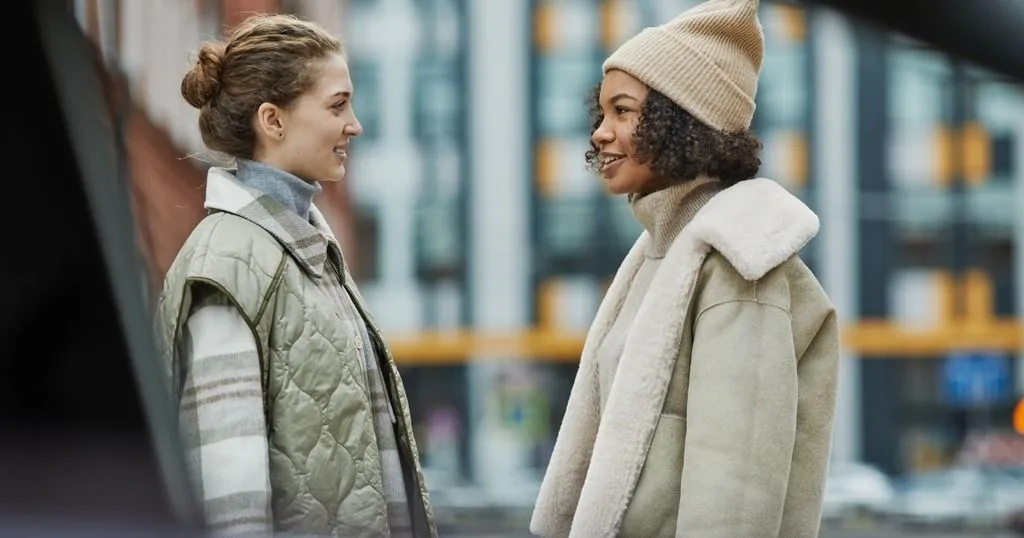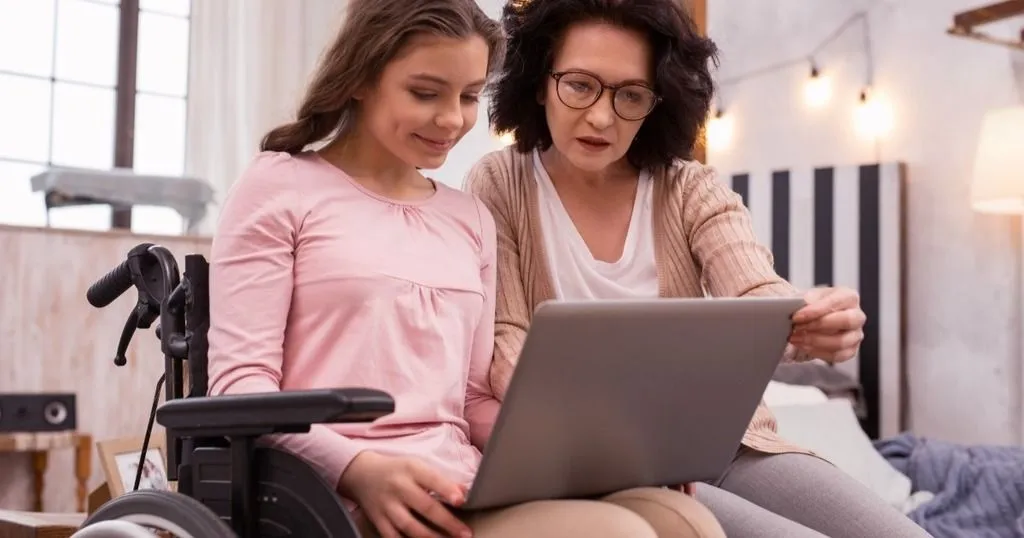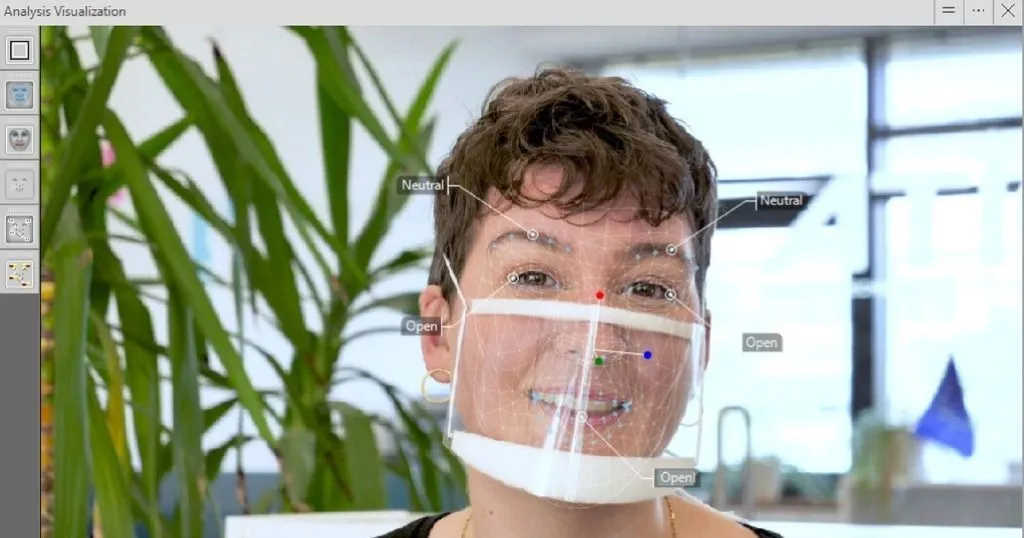Blog posts tagged with communication

13 Feb
animal behavior research
Other (Animal)
Decoding Gorillas’ gestures: Insights into primate communication
Western lowland gorillas use gestures to negotiate and even display 'accents' in their communication. A new study explores these complex social interactions, offering insights into language evolution.

12 Mar
human behavior research
Psychology
Understanding the micro-dynamics of couples’ interactions
How do aspects of romantic relationships, such as communication and emotions, develop during real-time couples’ interactions? A study on this was conducted in the Department of Psychology at the University of Zurich.

10 Jul
human behavior research
Psychology
How maternal responses support child language development in adversity
Studies show that mothers’ responses to their children is crucial for their language development. How does this work for families facing adversity? Researchers Boulton, Levickis, and Eadle aimed to find out.

19 Jun
human behavior research
Emotion
Why so angry? The role of context and function in facial expression analysis
Why do respondents show an angry facial expression when evaluating a website or product, when there is no reason to expect them to actually be angry? Read more in this sequel to the blog post "How emotions are made".

16 May
human behavior research
Emotion
How do people with antisocial and psychopathic traits process emotions?
Understanding more about emotion processing in people with antisocial personality disorder and psychopathic traits can improve interventions. The team of researcher Kyranides studied how facial mimicry can help.

07 Feb
human behavior research
Psychology
How to make communication easier for children with severe motor impairments
A decrease in the ability to make contact with others leads to limitations in communication. A Swedish research team investigated whether eye tracking assisted therapy could help children with motor impairments communicate.

06 Dec
human behavior research
Psychology
Predicting behavior from non-verbal communication
Suppose a darts player is ready to throw a dart while showing a smile on his face. Would he hit the attempted number of points as opposed to missing the shot if he looked grumpy? Research has been done to figure this out.

15 Dec
human behavior research
Emotion
Why a clear mask is essential for clearer communication
For people who are deaf or hard of hearing, it is essential to be able to see the movements of the mouth while communicating. With the help of clear masks they can access the full facial expressions.

01 Oct
human behavior research
Healthcare
Discussing uncertainty during cancer genetic counseling
Getting screened preventively to find out whether a genetic predisposition increases the chance of developing cancer, causes great uncertainty. Which communication manners help to deal with this?

14 Jul
human behavior research
Emotion
The eyes have it: face masks and non-verbal communication
When seeing another person wearing a face mask, humans have to rely on visible facial signals, which are the eyes and eyebrows. Looking someone in the eye is an important part of communication.